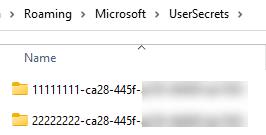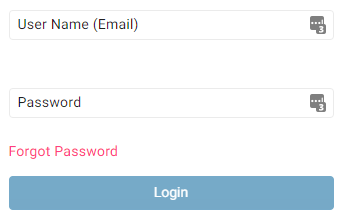
When using reactive forms in Angular, you can access the form control via the get or the controls collection
These two return the same structures and data.
myForm.get('name')
myForm.controls['name']
myForm.controls.name
Which to use?
The Get() call is a getter and as such will probably be safer for longer. The Controls[] is a bit faster, so if you use it, store the value to display in a Component field to bind in the UI.
The get() is better suited to a complicated situation; think multi-layer nested controls. This lets you more easily access control.control.control nestings.
To access a nested control these two are functionally identical.
myForm.get('nation.0');
myForm.controls.nation.controls[0];
Bonus Points:
Here’s a great explanation about performance you may wish to consider. But if your page is moderate, your users won’t notice the difference.
More:
Have a look at the new Type Forms in Angular, there are lots of goodies there.
















